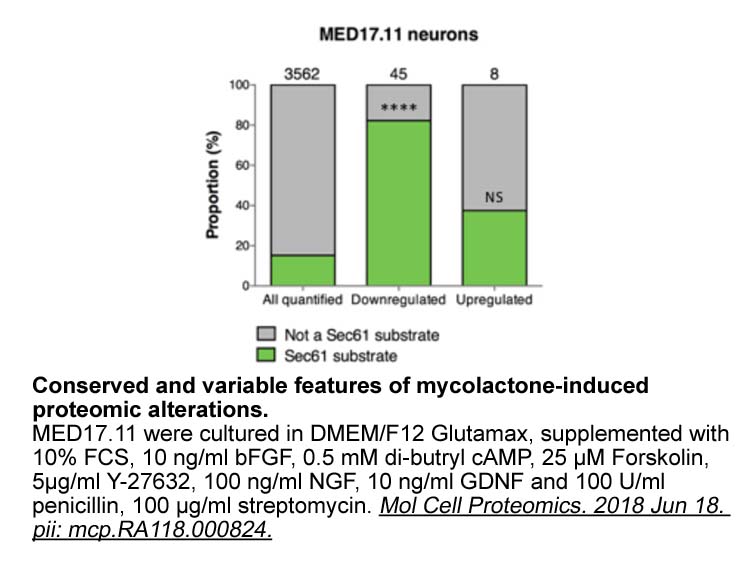Archives
We also noticed that there are
We also noticed that there are statistically significant differences in protein abundance levels depending on the season, or month, the samples were collected. After adjusting our protein abundance levels for storage time and individual age, we found only nominally significant associations with monthly sun hours, explaining up to 4.6% of the variation seen in protein abundance levels. The lack of significant associations with monthly sun hours could be attributed to a number of factors. Although UV-radiation have previously been shown to directly affect the circulating levels of Monastrol Supplier proteins (Vostalova et al., 2013; Reichert et al., 2015), the sun hours are likely to be viewed as a proxy variable to other seasonal changes such as blooming or pollen levels which in turn triggers the immune system, or various forms of changes in lifestyle such as seasonal intakes of food and changes in habits of physical activity. The number of sun-hours per month available from the SMIHI is also an average over the past 30years and the actual sun-hours at the individual sampling dates could differ from the used number. Taken together, there are several sources of additional noise not accounted for in our analysis of sun-hours compared to protein levels. Our study was further limited by analyzing only female samples from the north of Sweden and the effects seen here may therefore not necessarily be directly applicable to a different population. We also cannot rule out that there are effects of general changes in lifestyle of individuals aged 50 during the course of three decades in terms of dietary habits, exercise patterns and direct or secondary inhalation from smoking at e.g. work places that would contribute to the storage time variation. Daily smoking among women aged 16–84 in Sweden have for instance gone down from 29% in the early 80s to 13% in 2010 (Centralförbundet för alkohol-och narkotikaupplysning (CAN), 2012). The smoking history of the currently investigated cohort is however not known. We, and others, have previously shown that smoking affects circulating proteins such as interleukin 12 (IL-12) (Kroening et al., 2008; Enroth et al., 2015b). Here, we did not find any effects of storage time on IL-12 but further studies are warranted to elucidate effects due to common lifestyle changes over the past decades in a general population to investigate such mechanisms.
terms of dietary habits, exercise patterns and direct or secondary inhalation from smoking at e.g. work places that would contribute to the storage time variation. Daily smoking among women aged 16–84 in Sweden have for instance gone down from 29% in the early 80s to 13% in 2010 (Centralförbundet för alkohol-och narkotikaupplysning (CAN), 2012). The smoking history of the currently investigated cohort is however not known. We, and others, have previously shown that smoking affects circulating proteins such as interleukin 12 (IL-12) (Kroening et al., 2008; Enroth et al., 2015b). Here, we did not find any effects of storage time on IL-12 but further studies are warranted to elucidate effects due to common lifestyle changes over the past decades in a general population to investigate such mechanisms.
Funding Sources
This study was supported by the Swedish Cancer Foundation (Grant no. CF-2017) and the Swedish Foundation for Strategic Research (Grant no. SSF-SB12-0086). The funding sources had no role in the study design, the data collection and analysis, decision to publish the results, or the preparation of the manuscript.
Conflicts of Interest
Author Contributions
Acknowledgements